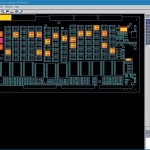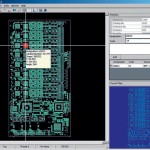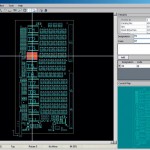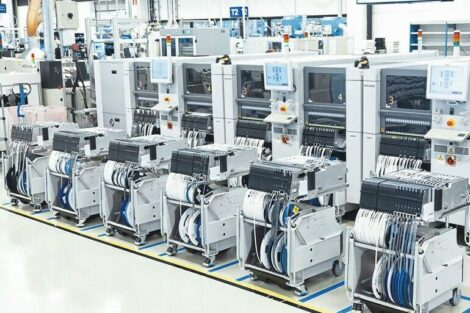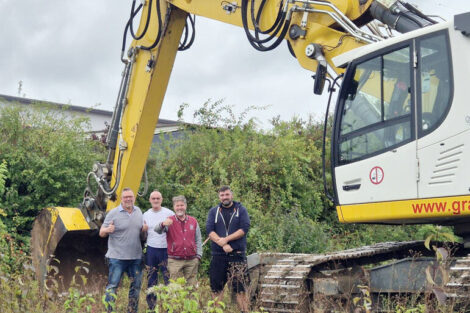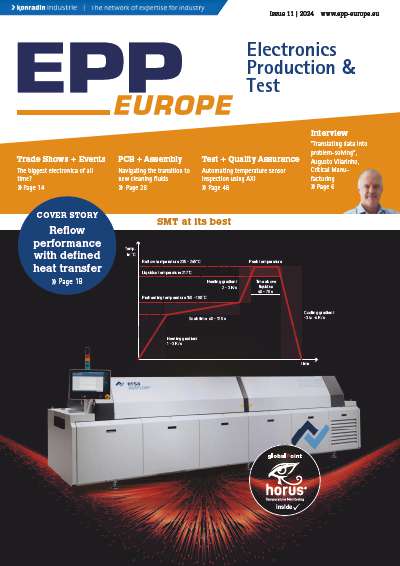The demand for newer and faster products and applications in the electronics manufacturing industry today leads to a higher level of innovations in the technology as well as faster and competitive developments in production cycles. Companies, active in the field of PCB manufacturing, have to face challenges such as being able to reduce personnel and other expenses, while not compromising on the quality assurance (QA) process in production.
The electronics industry is known for its constant struggle to achieve higher levels of quality. Thus, every PCB assembly line includes some kind of QA mechanism. In the recent years a significant number of manufacturers understood the importance of such mechanisms and began seriously investing in QA technologies such as ICT, AOI, boundary scanners and others. The use of these technologies, combined with visual manual inspections allows performing QA at various stages of production, such as: paste, solder/reflow, touch-up, functional test (FT) and final quality control.
The surface-mount technology (SMT) managed to address a number of the mentioned challenges. It is proven that the SMT method works well in productions with a high degree of automation, reducing labor costs and increasing the production rates. However, it should be examined whether a faster and highly automated assembling process can also address the demand for a high quality of the product. QA is essential to the future of a given product and its market value as well as to the credibility of the manufacturer and finally to the confidence of the customers. Therefore the improvement of quality assurance services can expand the efficiency of a good’s production and its availability on the market.
Difficult analysis process
Assuring quality means to plan the production carefully and to try to prevent defects, which however is hardly achieved today because of the defects of the difficult analysis process. Many of such defects are caused by fixable failures in planning (that is wrong shape) and technology (that is bad mask or SMT). In most operations today, PCB manufacturers only have the option to manually and retroactively fix the planning and technology failures using traditional methods such as in-circuit tests (ICT) or more advanced ones such as automated optical or X-ray inspection (AOI or AXI).
Nonetheless, most of these operations lack the assistance of technological tools that have the ability to identify and to prevent possible defects at an early stage. It is more common for companies to use reports and charts to analyze the data but these methods are too simplistic and limited to unravel many of the causes. This turns the examination process into a more complicated one and as a result in most operations the collected defect information is being used solely for repair purposes such as manually fixing specific defects on specific PCBs or rejecting the PCBs altogether depending on the defect. Locating malfunctions retrospectively creates a highly inefficient solution for the manufacturer and is inefficient and costly both in labor and material. This is why early identification is necessary so that problems can be eliminated and defects can be prevented.
It becomes clear that manufacturers that are determined to improve these procedures and to reduce manufacturing costs, will not be able to do so without a sophisticated quality performance. Therefore it is crucial to seek and to acquire methods and technologies that will assist in solving the mentioned challenges.
The defects per million opportunities (DPMO) process, has become an innovative alternative to the measured yield metric. Its ability to deliver benefits to the electronics businesses such as creating an environment where the delivered quality of manufacturing processes is continually improved and the PCB assembly cost can be estimated at an earlier stage helps reducing costs of assembly, test, rework and scrap. However, it is important to point out that in order to achieve effective results from DPMO measurements that would influence cost reduction activities and assist in strategic decision making, additional tools are required that are capable of interpreting the collected information.
The need for such tools that would consider yield increase as well as being compatible with DPMO without compromising on the quality assurance, has become widely understood in the electronics manufacturing industry. There are several companies today that began developing solutions with the ability to meet these needs. However, the effectiveness of these solutions is measured by the question of how user-friendly they are and whether the QA specialists at any given factory are able to apply them with or without any specific knowledge and training. Furthermore, it is an important factor for manufacturers that the acquirement of such a technology will not be connected with additional expenses for its deployment.
Dynamic visual analysis software solution
Therefore the most useful technologies prove to be software applications that don’t require extra infrastructure or hardware, other than a regular PC station. Proventus Technologies is one of the companies in the SMT industry that focuses on addressing this problem and has developed the TopoQC, a dynamic visual analysis software solution that can both detect and prevent defects on PCB topography, while at the same time being able to calculate the DPMO. The TopoQC application uses several defect data sources such as AOI, ICT, VMI among others, as well as PCB design data including CAD as input data for creating a color-coded map, which highlights the defects on the PCB’s topography and makes it easier to find the damaged area or root cause. This helps the inspector to find solutions for preventing the same defects in the future. Another benefit of such a tool is that it is applicable for original equipment manufacturers (OEM) with either in-house or outsourced production and can be used by small and large operations for small batches, as well as for mass production.
In addition it is important to state that despite the common use of automatic advanced technologies such as AOI, ICT, boundary scan and others that assure quality of the PCB, companies could not have yet fully replaced the process of visual manual inspection (VMI), which includes the examination and correction of faults in production lines. Thus in many companies the workers still have to perform the complicated procedure of manually locating the faulty diodes on PCBs, which involves a lot of time and doesn’t always guarantee the accuracy of collected data. Therefore here as well a software tool can be of great help, as long as it has the ability to locate the faulty component and to point it out for the inspector. Another solution of Proventus, the DCollector, can be used as an example for such a tool, since it is designed to collect and to visualize the defect data. The program uses CAD data in order to provide the PCB layout to the QC inspector on the computer screen, allowing an easy and fast identification of the faulty component on the board. In addition, DCollector enables the inspector to create a report about the action, following the correction, which is then collected in a database. This allows tracing back faulty boards to inspectors who fail to identify or fix the defect, which can be of a significant added value for managers that supervise and interpret productions.
Conclusion
While calculations of profit increase versus manufacturing costs will always remain leading concerns for businesses across the board in the electronics industry, in the long term it is the level of quality assurance of the products, which will determine the company’s value and its status on the market.
Therefore it seems to be apparent that the cost for the acquisition of software tools that can be of great assistance in improving and securing of quality, promise to be the right investment for those that plan to keep up with the competition and to become or to remain leading experts in the electronic manufacturing industry.
EPP Europe 453
zusammenfassung
Technologien zur Fehlererkennung und Vermeidung ermöglichen es der Qualitätssicherung noch präziser und wirtschaftlicher zu sein. Zu den entscheidenden Anwendungen zählen dynamische visuelle Analyse-Softwareprogramme, die Defekte auf der PCB-Topografie ermitteln und verhindern können und die von jeder PC-Station ohne zusätzliche Hardware eingesetzt werden können.
Les technologies de détection et de prévention des défauts permettent une assurance de la qualité encore plus précise et rentable. Parmi les applications déterminantes on trouve les logiciels d’analyse visuelle dynamique qui permettent de détecter et de prévenir des défauts de topographie sur les cartes à circuit imprimé et peuvent être utilisés sur tous les postes PC sans nécessiter de matériel supplémentaire.
Tecnologie per rilevare ed evitare gli errori consentono un controllo della qualità ancora più preciso ed economico. Tra le applicazioni più importanti vi sono i programmi per l’analisi dinamica e visiva, che rilevano e possono evitare i difetti della topografia del PCB, e sono utilizzabile da qualsiasi stazione PC senza l’aggiunta di nuovo hardware.
Share:




